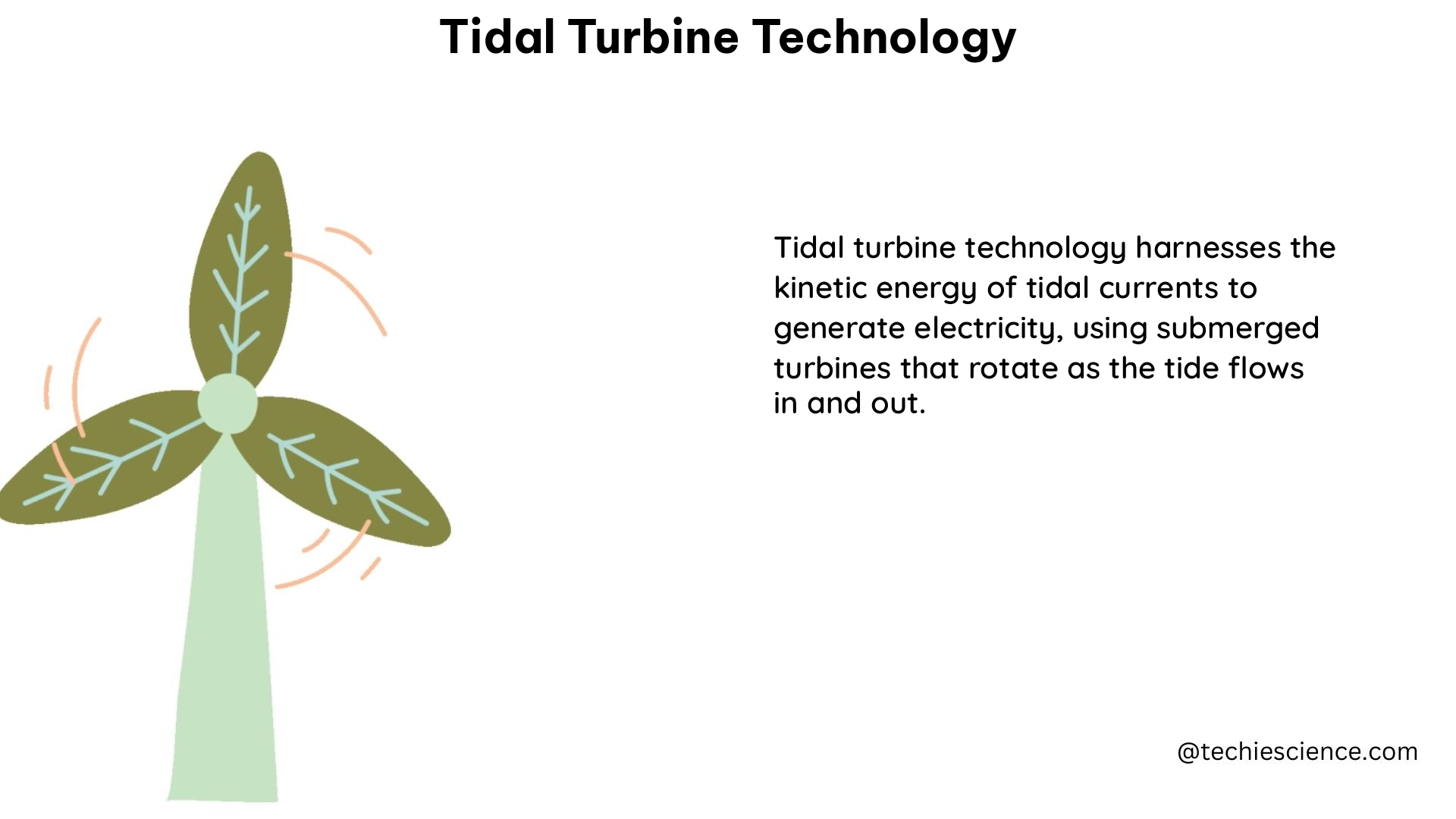Tidal turbine technology is a promising form of renewable energy that harnesses the power of ocean tides to generate electricity. This technology utilizes high-precision instruments, such as the Signature1000, to measure water velocity and turbulence, which are crucial for the efficient operation of tidal turbines.
Understanding Tidal Turbine Technology
Tidal turbines are designed to operate in areas with high tidal current velocities and/or strong and continuous ocean currents, typically in coastal regions with a minimal tidal range of at least 7 meters. These turbines can be installed individually or as a multiple unit array, with the mechanical energy produced by tidal currents turning the turbine blades, which are connected to a generator to produce electricity.
Key Components of Tidal Turbines
-
Rotor Blades: The rotor blades of tidal turbines are designed to capture the kinetic energy of the tidal currents and convert it into mechanical energy. These blades can have a maximum turn rate of up to two revolutions per second, requiring high-precision data collection to understand the velocity and turbulence of the water flow.
-
Generator: The mechanical energy produced by the turning rotor blades is used to drive a generator, which converts the mechanical energy into electrical energy. The generator is a critical component of the tidal turbine system, as it determines the overall efficiency and power output of the system.
-
Nacelle: The nacelle is the housing that contains the generator, gearbox, and other essential components of the tidal turbine. It is designed to protect these components from the harsh marine environment and ensure their proper functioning.
-
Support Structure: The support structure, which can be a foundation, a floating platform, or a combination of both, is responsible for anchoring the tidal turbine in place and withstanding the forces exerted by the tidal currents.
Measuring Water Velocity and Turbulence
The Signature1000, a unique instrument used in tidal turbine technology, is capable of measuring water velocity at a high sampling frequency of 16 Hz. This high sampling rate is essential for collecting sufficient data on the velocity and turbulence of water flowing through the rotor of tidal turbines.
Signature1000 Specifications
- Sampling Frequency: 16 Hz
- Velocity Measurement Range: ±10 m/s
- Velocity Measurement Accuracy: ±1% of measured value
- Depth Measurement Range: 0.5 to 100 m
- Depth Measurement Accuracy: ±0.1% of full scale
The high-precision timing on data transmission provided by the Signature1000 is necessary for tight network synchronization with the turbine blades or other sensors, ensuring accurate and reliable data collection.
Environmental Considerations

While tidal turbine technology offers a promising source of renewable energy, it is essential to consider the potential environmental impact of these systems.
Underwater Sound Measurements
Measurements of underwater sound produced by active tidal turbines in Scotland and France have shown that the signals are primarily tonal and low frequency, ranging from 50 to 8200 Hz. However, higher frequency signals (up to 20 kHz) have also been detected and were linked to mechanical processes inside the turbines.
Potential Impacts on Marine Life
The low-frequency sound produced by tidal turbines may have an impact on marine life, particularly on species that rely on sound for communication, navigation, and other vital functions. Ongoing research is being conducted to better understand the long-term effects of tidal turbine noise on marine ecosystems.
Tidal Turbine Deployment and Maintenance
Tidal turbines are typically installed in coastal areas with high tidal current velocities and/or strong and continuous ocean currents. The deployment and maintenance of these systems require specialized equipment and expertise to ensure their efficient and reliable operation.
Installation Considerations
- Site selection: Identifying suitable locations with the necessary tidal current velocities and environmental conditions
- Mooring and anchoring: Ensuring the stability and security of the tidal turbine structure
- Grid integration: Connecting the tidal turbine to the electrical grid for power distribution
Maintenance Challenges
- Harsh marine environment: Exposure to corrosive saltwater, strong currents, and marine growth can lead to accelerated wear and tear on components
- Accessibility: Tidal turbines are often located in remote or hard-to-reach areas, making maintenance and repair operations more challenging
- Underwater inspections: Regularly inspecting the turbine blades, support structure, and other submerged components requires specialized equipment and divers
To address these challenges, tidal turbine operators must develop comprehensive maintenance strategies and utilize advanced monitoring technologies, such as the Signature1000, to ensure the long-term reliability and efficiency of their systems.
Conclusion
Tidal turbine technology is a promising form of renewable energy that has the potential to contribute significantly to the global energy mix. By leveraging high-precision instruments like the Signature1000 to measure water velocity and turbulence, tidal turbine operators can optimize the performance and efficiency of their systems. However, it is crucial to address the environmental concerns associated with this technology and continue to develop innovative solutions to ensure the sustainable and responsible deployment of tidal turbines.
References:
- Contributing to sustainable energy production from tidal turbines. (n.d.). Retrieved from https://www.nortekgroup.com/knowledge-center/userstory/contributing-to-sustainable-energy-production-from-tidal-turbines-1-1
- Khare, V. B., & Ahmed, M. (2022). Tidal energy-path towards sustainable energy: A technical review. Sustainable Energy Technologies and Assessments, 49, 101142.
- Tidal Energy | PNNL. (n.d.). Retrieved from https://www.pnnl.gov/explainer-articles/tidal-energy
- Discovery of Sound in the Sea. (n.d.). Tidal Turbine. Retrieved from https://dosits.org/galleries/audio-gallery/anthropogenic-sounds/tidal-turbine/

The lambdageeks.com Core SME Team is a group of experienced subject matter experts from diverse scientific and technical fields including Physics, Chemistry, Technology,Electronics & Electrical Engineering, Automotive, Mechanical Engineering. Our team collaborates to create high-quality, well-researched articles on a wide range of science and technology topics for the lambdageeks.com website.
All Our Senior SME are having more than 7 Years of experience in the respective fields . They are either Working Industry Professionals or assocaited With different Universities. Refer Our Authors Page to get to know About our Core SMEs.